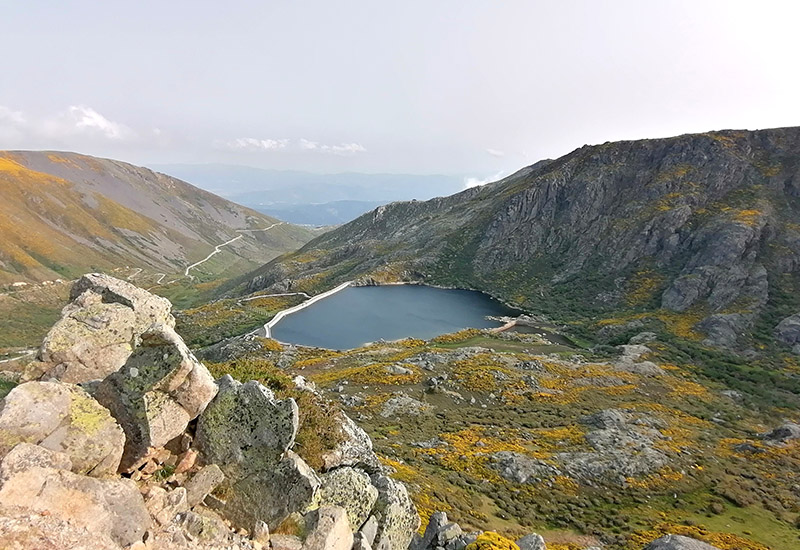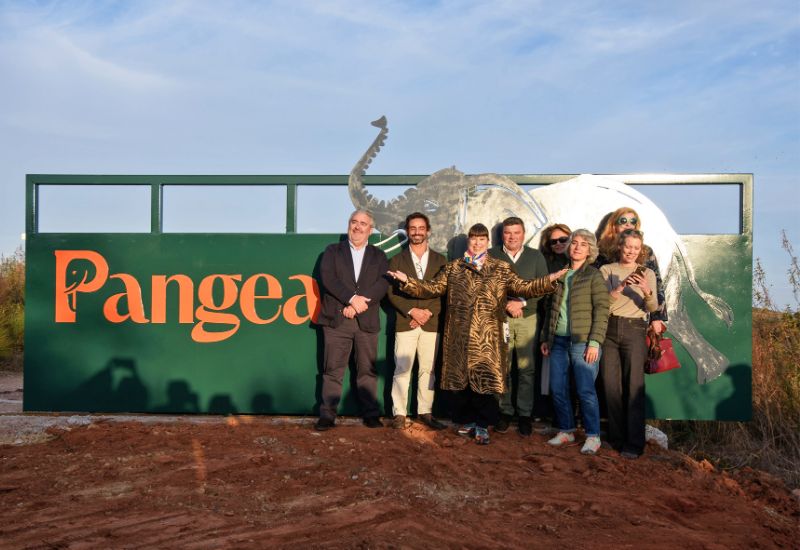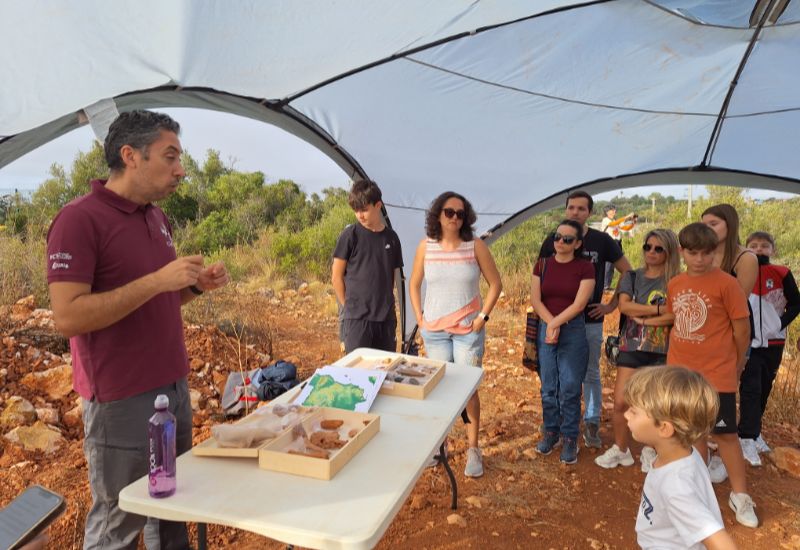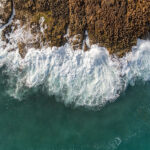For those willing to take a five or six-hour drive to the Serra da Estrela area, a surprising variety of different landscapes awaits. The contrast with the Algarve could not be greater; you could be on a different continent.
Linhares da Beira
At the head of the Parque Natural de la Serra da Estrela stands a small village reckoned to be one of the oldest established settlements in Portugal, Linhares da Beira.
We approach it from the west, after the city of Viseu. Leaving the motorway, we pass through a gentle rural landscape punctuated by small stone villages. One such village, Vale da Ribeira, boasts a chapel consecrated in 1875, which demonstrates the local vernacular building construction style, utilising large granite blocks. A crystal-clear stream runs through the hamlet, with tiny white flowers bordering its banks. I am told that the locals fish for eels in these lowland areas.
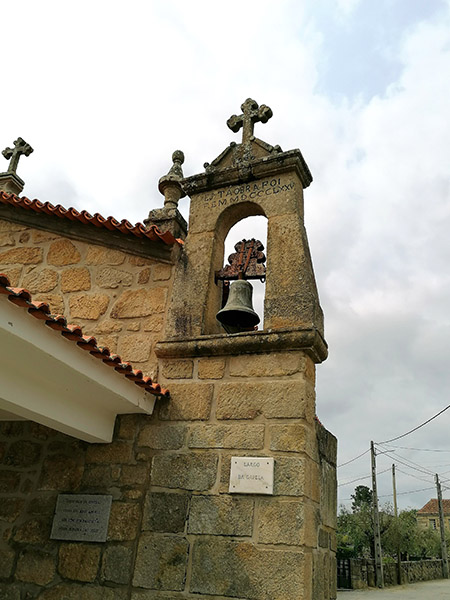
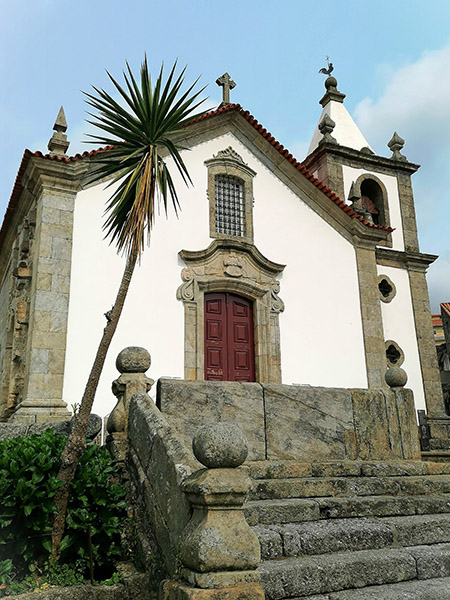
We are viewed with ill-disguised suspicion by the farm worker gathering his hay until I wave a cheery boa tarde, which he returns. A few words of Portuguese from a foreigner apparently count for something in these seldom-visited parts of the country.
The road narrows; it’s completely empty of traffic. We climb to 800 metres and Linhares comes into view. Dominated by its twin-towered castle, the village sits at the end of the road – there is no passing trade for the small restaurant and on this June day, we count less than a dozen visitors.
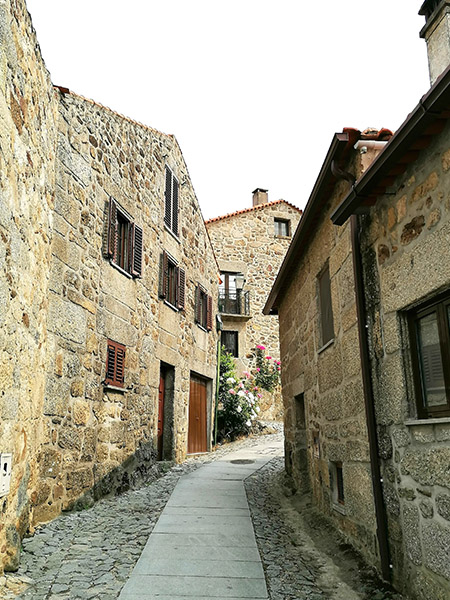
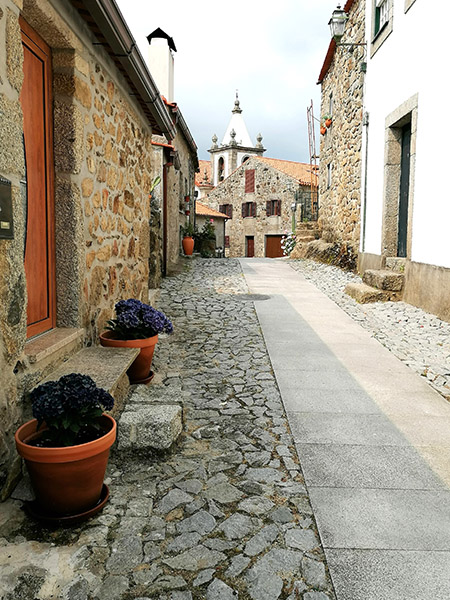
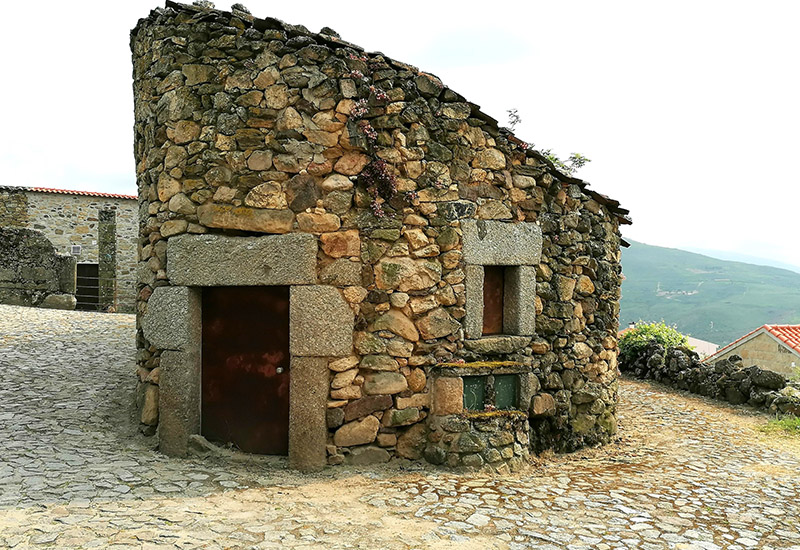
The castle, dating from the late 11th and early 12th centuries, is built out of huge, lichen-covered blocks of the very granite on which it stands. There are two walled enclosures separated by an archway under the massive central tower. The other tower exhibits a worrying vertical crack at its upper levels, but the damage may be hundreds of years old, so I pray it is stable.
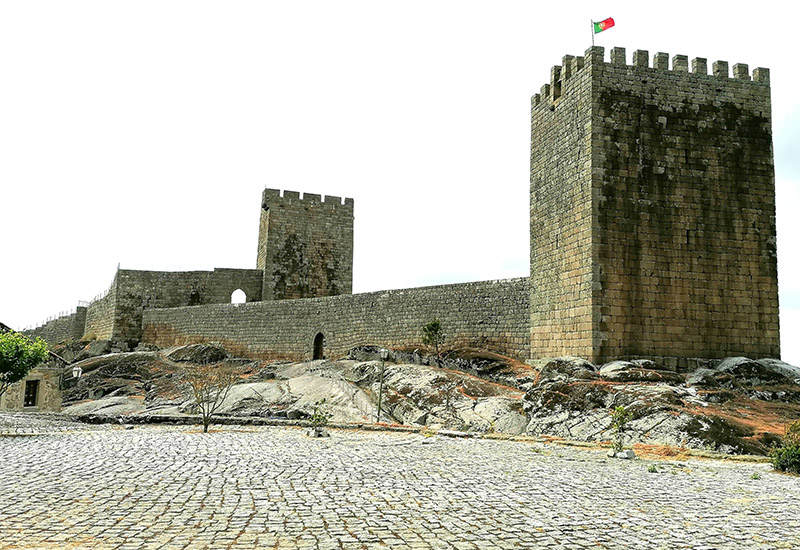
The village is delightful – the few streets are immaculate and carefully tended flowering plants thrive. From the mountain behind, spring water gurgles through culverts and along raceways.
For all its impressiveness, the castle offers little detail to absorb, and the church is closed, so we head off south-west, skirting the edge of the Parque Natural. Our route climbs above the tree line, we cross moorland landscapes and the mountainsides are ablaze with yellow broom.
Glacier country
We pass through Sabugueiro, nestling in a cleft between steep slopes, and then climb again through scrubland. Local information boards inform the visitor that rabbits, hares, and wild boar inhabit the area, but the only animals we see are a group of cows sheltering against a dam wall. They appear as suspicious of us as the hay-maker was.
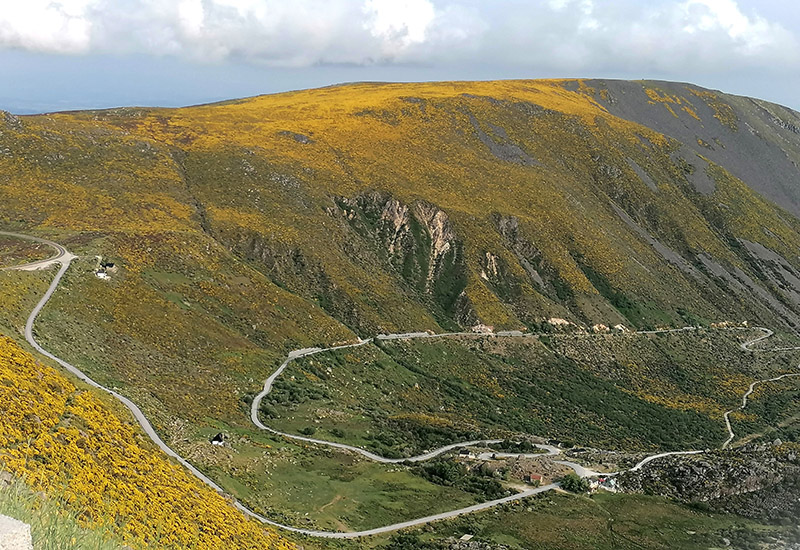
The landscape becomes more rugged and we’re now in glacier country – 30 thousand years ago, ice shaped these valleys. The plateau icefield drained to radiating valley glaciers, and today, clouds of mist roll over the rocky terrain and drift across the road. Small tarns are visible below. From one vantage point, scars on the rock are clearly visible, marking the path of the long-vanished Loriga glacier.
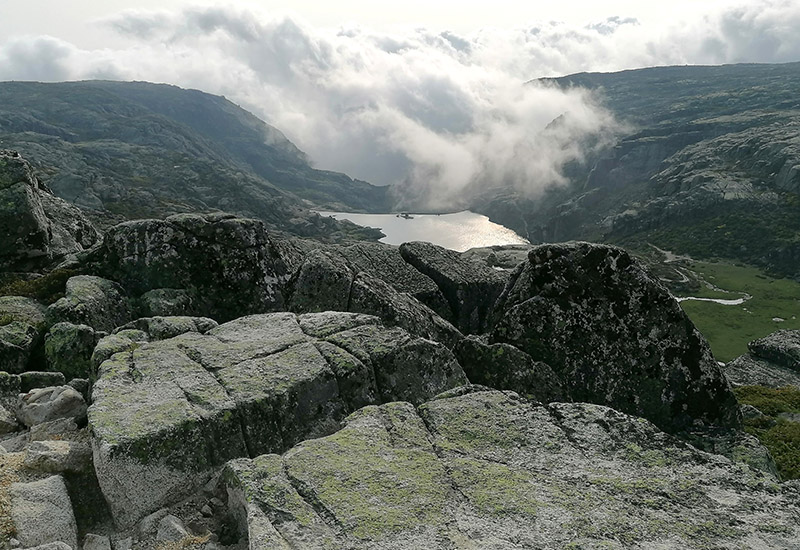
Even this close to the summer solstice, drifts of snow still cling to the northern slopes. Spindly ski lift gear appears on the horizon. And ahead lies the highest point in mainland Portugal – this is Torre, 1993 metres above sea level and it’s bleak! But not as bleak as the architectural contribution of 20th-century humans – tawdry twin towers topped by decaying geodesic domes ungenerously mark this noteworthy place; there’s a Centro Comercial (a shopping centre) and an animal skin store. The layout’s central feature is a fake castellated medieval tower. It bears virtually no resemblance to the real thing at Linhares and certainly doesn’t warrant a photograph.
Overall, it’s been a spectacular day. The road down bends round vertiginous drops and we carefully descend into the Alpine landscape below the Zézere glacial valley, to our hotel. Once there, I re-examine the published information and discover that Linhares da Beira is only one of the region’s 12 places identified as Aldeias Históricas de Portugal. I look at the map and take a glass of the local Beyra wine. One of those villages is not that far away. So that’s tomorrow sorted.
To be continued…….


